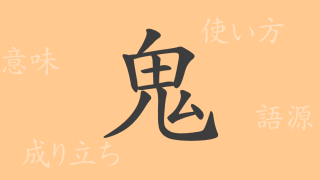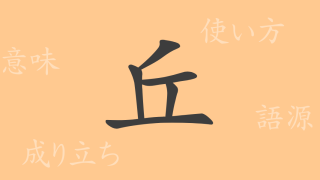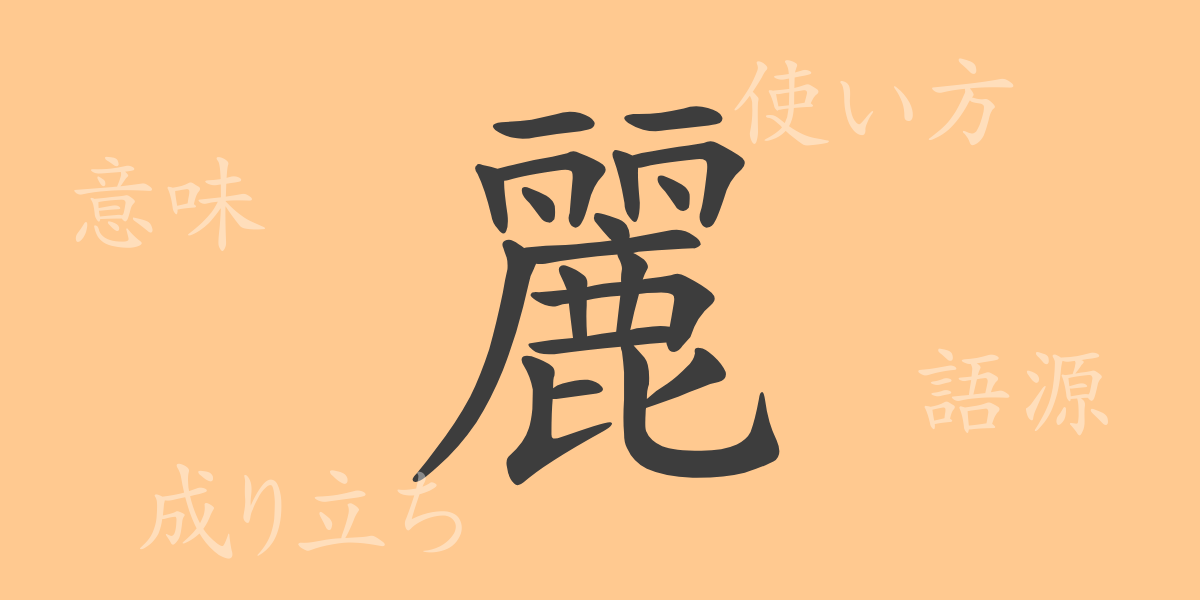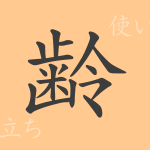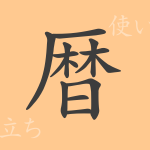Japanese culture is globally recognized for its delicate and profound sense of beauty. The admiration for beautiful and refined things is also reflected in the language, and the Kanji (漢字) character “麗(rei)” encapsulates this spirit. In this article, we will delve deeply into the world of this captivating character, exploring its origin, meaning, usage, pronunciation, and stroke count, as well as touching on idiomatic expressions and phrases that use “麗(rei)”.
The Origin of 麗(rei)
The Kanji (漢字) character “麗(rei)” is an ideographic character that evolved from ancient Chinese pictographs. Originally, it was a combination of “鳥(tori)” representing a bird with beautiful feathers and “女(onna)” symbolizing a beautiful woman, which together came to mean “beautiful.” Over time, the form of the character changed, settling into “麗(rei)” as we know it today, while retaining its essential meaning of beauty.
The Meaning and Usage of 麗(rei)
“麗(rei)” means “beautiful,” “vivid,” or “refined” and is primarily used to describe the physical beauty of people or objects. It can also be used to describe sensory beauty, such as beautiful natural scenery or pleasant music. As an adjective or a modifier for nouns, “麗(rei)” adds a touch of elegance and luxury to the text.
The Pronunciation, Stroke Count, and Radical of 麗(rei)
The Kanji (漢字) character “麗(rei)” has a pronunciation and structure befitting its beautiful meaning.
- Pronunciation: In On’yomi (音読み), it is “レイ(rei)”, and there is no specific Kun’yomi (訓読み).
- Stroke Count: It consists of 19 strokes in total.
- Radical: The radical is “鹿(shika)”, which is located on the left side of the character.
Idioms, Phrases, and Proverbs Using 麗(rei) and Their Meanings
Idioms and phrases containing “麗(rei)” often convey beauty and refinement. For example, “秋麗(shuurei)” describes the beautiful weather or scenery of autumn, and “冠婚葬祭麗しき衣装(kankonsousai uruwashiki ishou)” refers to beautiful attire suitable for ceremonies. Additionally, expressions like “花鳥風月(kachoufugetsu), 山紫水明(sanshisuimei)” are used to praise the beauty and elegance of nature.
Summary of 麗(rei)
The meanings and history embedded in each Kanji (漢字) character highlight the depth of the Japanese language. “麗(rei)” has been used in many literary works and everyday conversations as a symbol of admiration for beauty and refinement since ancient times. Even today, this character continues to exude its timeless charm. When using “麗(rei)” in writing or speech, aim to ensure that its beautiful sound and meaning resonate deeply with the audience.







